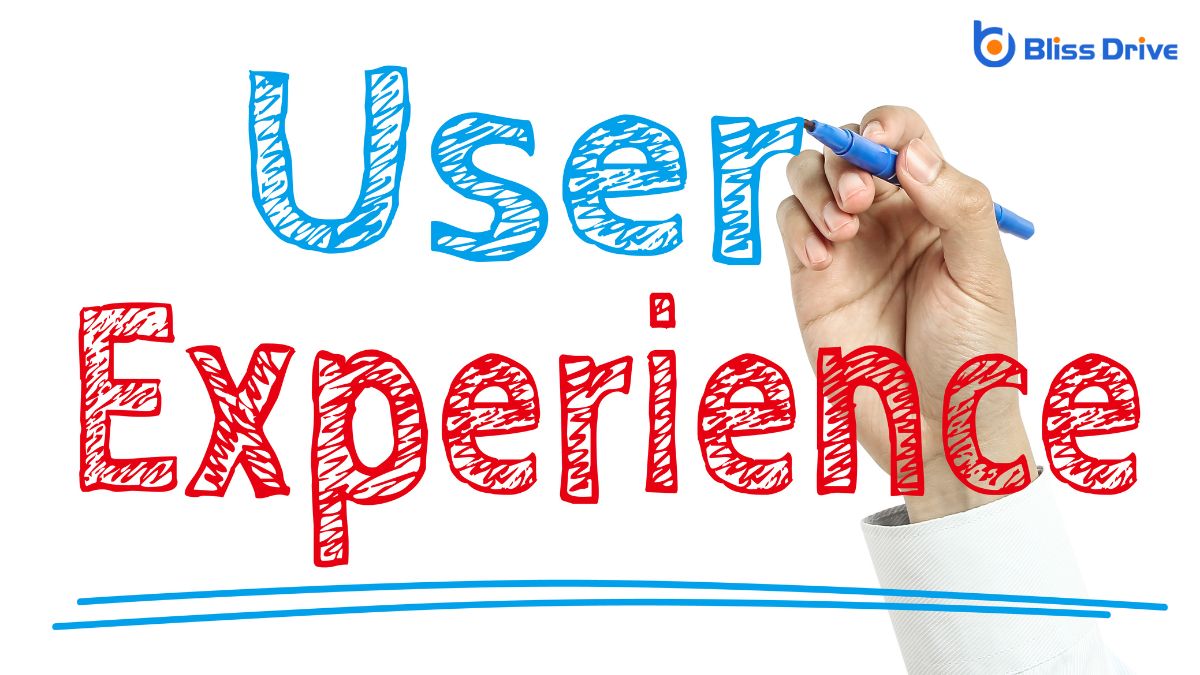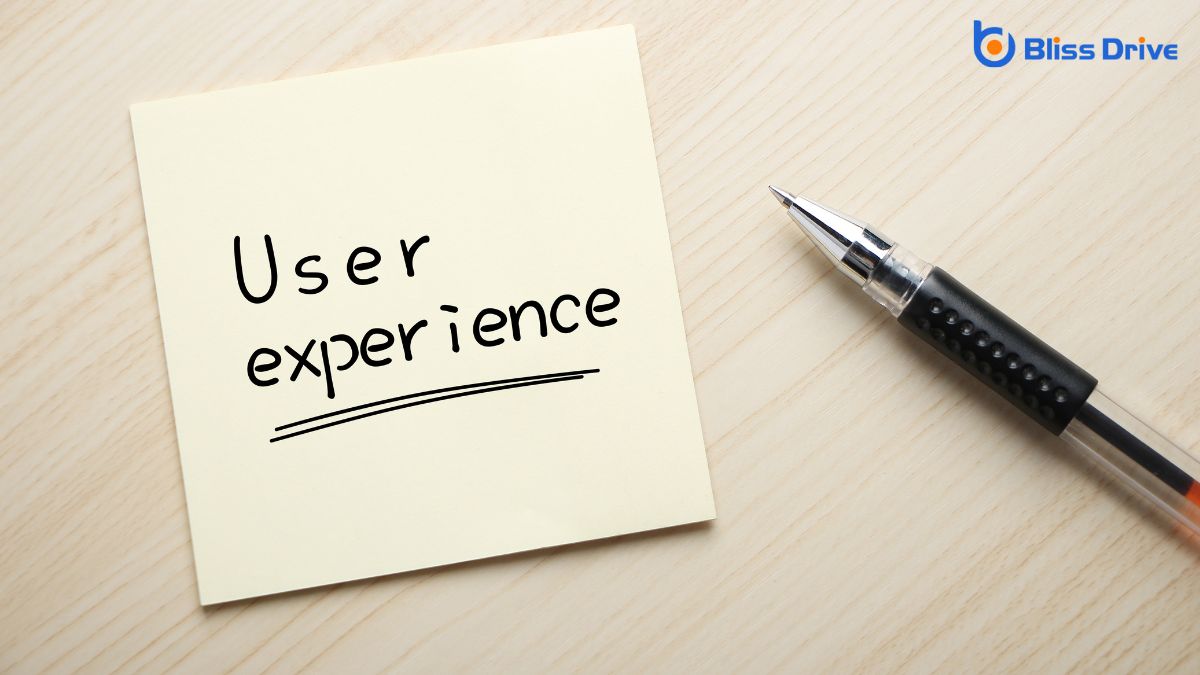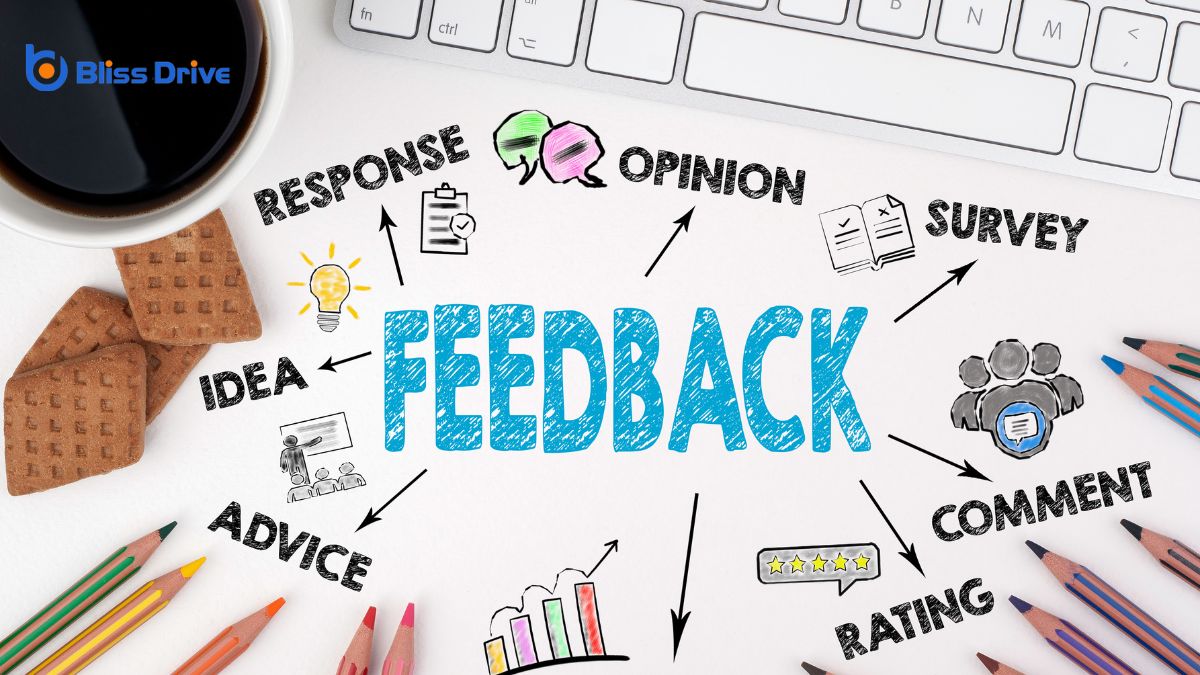Learn More About Us

To optimize UX and reduce bounce rateThe percentage of visitors who leave a website after viewing only one page., focus on a seamless and intuitive experience. Prioritize fast page load speeds, logical navigation, and mobile responsiveness. Craft engaging, relevant content with compelling CTAs while ensuring your design is visually appealing. Regular user testingObserving real users as they interact with a website to identify usability issues and areas for impr... and feedback analysis help refine your site to align with user needs and expectations. By following these steps, you’ll not only enhance user satisfaction but also boost your SEO. There's more to explore on optimizing your website.
While diving into the intricacies of user experience (UX)The overall experience a user has when interacting with a website or application, including usabilit... design, it’s crucial to recognize its direct impact on bounce rate. You mightn't realize it, but a well-crafted UX can keep visitors engaged, reducing the likelihood they'll leave your site after viewing just one page.
A high bounce rate often signals a disconnect between user expectations and what your website delivers. By focusing on improving UX, you're fundamentally enhancing the overall satisfaction of your visitors.
This involves creating a seamless, intuitive experience that aligns with user intent. Consider elements like page load speed, mobile responsiveness, and content relevance. Each plays a pivotal role in user engagement.
Crafting a user-friendly navigation structure is essential for enhancing user experience on your website. When visitors land on your site, they should easily find the information they seek.
Start by organizing content logically. Use clear, concise labels for navigation links, so users immediately know what to expect. Keep your menu simple and avoid overwhelming visitors with too many options.
Ensure your navigation is consistent across all pages, helping users feel oriented and confident while browsing. Utilize dropdown menus strategically to categorize related content without cluttering the main navigation.
Incorporate a search bar for those who prefer a direct approach to finding information. By prioritizing intuitive navigation, you’ll reduce bounce rates and encourage visitors to explore further, boosting your site’s overall SEO performance.

Improving page load speed is essential for maintaining both user satisfaction and strong SEO performance. When your website loads quickly, visitors are more likely to stay, explore, and engage with your content, reducing bounce rates.
You can optimize your site's speed by compressing images, leveraging browser caching, and minimizing HTTP requests. These actions create a smoother experience, reflecting positively on your site's reputation.
Consider these emotional benefits of a fast-loading site:
To create content that truly resonates, focus on understanding your audience and crafting a strategy that speaks directly to their needs.
Use visual storytelling to capture attention and make your message memorable.
Adding interactive elements can further engage users, encouraging them to spend more time on your page and boosting your SEO.
Understanding your audience is essential for creating content that not only captivates but also meets their needs, thereby boosting your SEO efforts.
Start by researching who your audience is, what they care about, and how they consume content. Crafting an audience-centric content strategy means focusing on relevancy and engagement.
Speak directly to them, using their language and addressing their pain points. Here’s how you can evoke emotion and connect deeply:
Visual storytelling isn't just a buzzword—it's a powerful tool for crafting engaging and relevant content that resonates with your audience. By incorporating visuals like infographicsVisual representations of information, data, or knowledge intended to present complex information qu..., videos, and images, you can break down complex information into easily digestible pieces. This approach helps you hold your audience's attention longer, reducing bounce rates and enhancing user experience.
When you tell a story visually, you're connecting emotionally with your viewers, making your content more memorable.
It's crucial to make certain that your visuals align with your brand and message. Choose imagery that complements your narrative and enhances understanding.
How do you keep your audience actively engaged while they explore your content? Incorporating interactive elements is key. Think about what captures attention and makes your audience want to stay.
Interactive contentContent that requires user interaction, such as quizzes, polls, or calculators. doesn’t just entertain; it informs and involves users, creating a memorable experience. Here’s how you can evoke emotion and enhance engagement:
When users browse your website on their mobile devices, they expect a seamless and intuitive experience. You need to guarantee your site is mobile-responsive by adapting to various screen sizes and orientations. A responsive designA web design approach that makes web pages render well on a variety of devices and window or screen ... adjusts layouts, images, and fonts automatically, providing a superior viewing experience.
Don’t forget about touch-friendly navigation; users should easily tap buttons and links without frustration. Streamline your content, avoiding unnecessary clutter that can overwhelm or confuse users.
Test your site on different devices to guarantee consistent performance. Check for fast loading times, as slow pages can increase bounce rates. Prioritize readability with clear fonts and adequate spacing.
A well-structured design is essential for guiding users through your website effortlessly.
Visual hierarchyThe arrangement of elements on a webpage in a way that guides users' attention to the most important... guarantees that visitors can quickly grasp your site's layout and find what they need. By prioritizing elements, you can draw attention to key areas, making the experience intuitive and engaging.
Consider these emotional triggers as you design:
Embrace these design principles to enhance user experience and reduce bounce rates effectively.
To optimize your website's user experience and enhance SEO, clear calls-to-action (CTAs) are pivotal. They guide your visitors toward desired actions, reducing confusion and bounce rates. Ascertain that your CTAs are concise, compelling, and specific.
Use action-oriented language like "Buy Now," "Learn More," or "Subscribe Today" to inspire engagement. Place them strategically where users naturally pause, such as at the end of informative content or alongside product details.
Design also matters; make your CTAs visually distinct using contrasting colors and bold fonts. This catches the eye and prompts interaction.
Don’t overwhelm users with too many CTAs on a single page. Instead, focus on one primary action per page to maintain clarity.

Although it's tempting to rely solely on initial design assumptions, conducting regular user testing and feedback analysis is essential for optimizing your website's user experience.
By engaging with real users, you gain invaluable insights into their behaviors and preferences. It's not just about fixing problems—it's about understanding your audience deeply. These insights help you refine your design, making your site more intuitive and enjoyable.
Consider these emotional benefits of regular user testing:
Harness feedback to create a memorable, user-friendly website.
In optimizing UX to reduce bounce rates, remember that it's about making the user's journey smooth and engaging. Ascertain that your navigation is intuitive, your pages load swiftly, and your content resonates with your audience. Don’t forget to prioritize mobile responsiveness and leverage design elements for clarity. Clear CTAs guide users effectively, and regular user testing keeps you on track. By focusing on these elements, you'll create a seamless experience that keeps visitors engaged and coming back.
